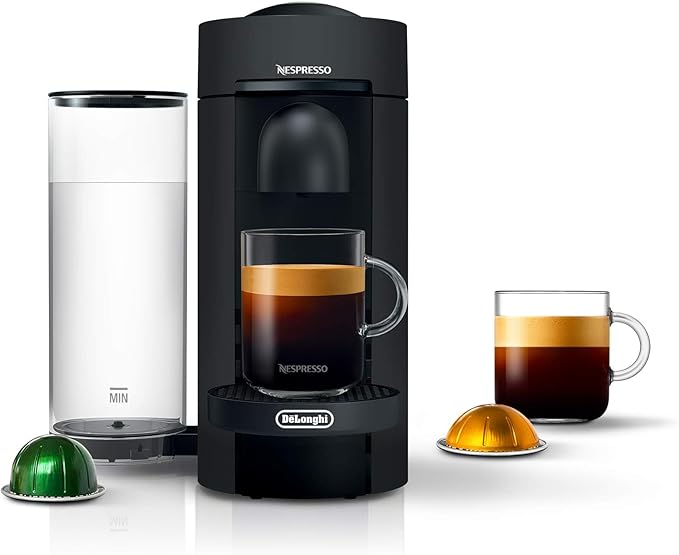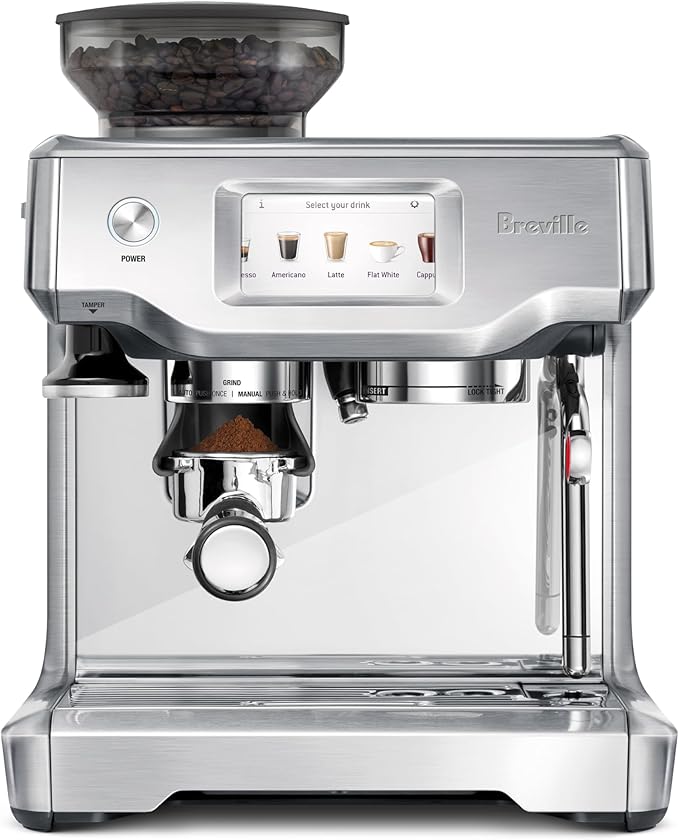In Italy, coffee isn’t just a beverage; it’s a ritual, a moment of connection, and an expression of lifestyle. From the espresso bars tucked into cobblestone streets to the home machines that bring barista-level magic to your kitchen, Italy’s love for coffee runs deep. Here, we explore the rich history of Italian coffee, the tools that make it perfect, and how our own journey led to a love affair with the Breville Barista Touch.
This post contains affiliate links. If you click through and make a purchase, I may earn a small commission at no extra cost to you.
Thank you for supporting The Amore Life!
A Ritual, Not Just a Beverage
In Italy, coffee is never just a caffeine fix. It is a part of daily life—a moment of pause, of community, and of personal pleasure. Walk through any town or city in Italy and you’ll find espresso bars humming with energy from early morning until late in the day. This is a nation that doesn’t rush its coffee; it savors it.
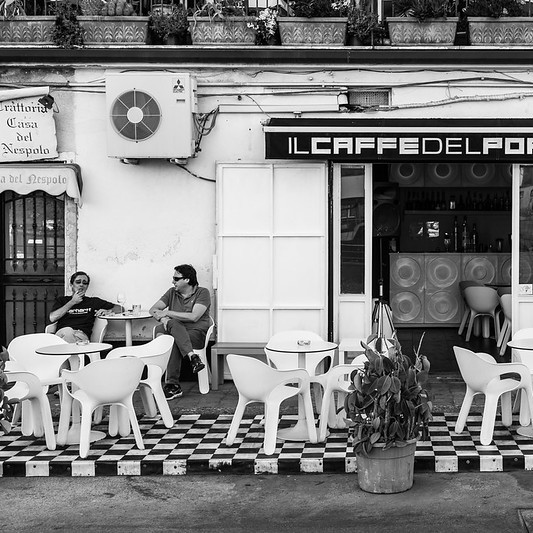
A Brief History of Espresso
The story of espresso begins in the early 20th century. In 1901, Luigi Bezzera, a Milanese inventor, created a machine that forced hot water through coffee grounds, dramatically speeding up brewing time. His innovation was perfected and commercialized by Desiderio Pavoni, and by 1906 the world was introduced to the first espresso at the Milan International Fair.

The term “espresso” comes from the Italian word for “pressed out,” referring to how the coffee is brewed—quickly, under pressure, and made to order. Unlike a regular cup of coffee, espresso is concentrated, bold, and served in small doses, often standing at a bar. It’s not uncommon for Italians to have multiple espressos throughout the day, each one marking a pause or a transition.
Espresso Culture: When, Where, and How
There are unwritten rules in Italian coffee culture. Cappuccino, for instance, is only consumed before 11 a.m.—never after a meal. Espresso (or simply “caffè”) is sipped throughout the day, often standing at the bar and chatting with friends or the barista.
Sugar is a matter of personal taste, but milk after noon is a faux pas. Flavored syrups or oversized lattes? Those are considered foreign inventions. In Italy, simplicity reigns.
The Americano: A Post-War Invention
During World War II, American soldiers stationed in Italy found the local espresso too strong. To mimic the drip coffee they were used to back home, they began diluting espresso with hot water. Thus, the “Caffè Americano” was born. Ironically, it is now commonly found in Italian cafes, particularly for tourists who might not be ready for the intensity of a true espresso.
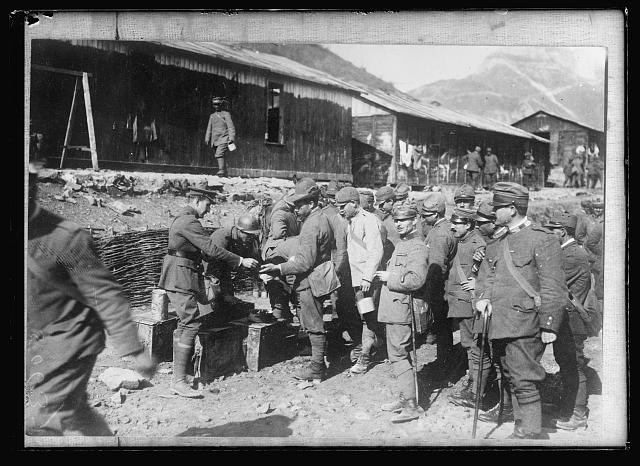
My Espresso Journey at Home
Before I fell in love with espresso and began pulling shots with a semi-automatic machine, I tried just about every type of home coffee maker. Each had its place, its style—and its limitations.
The Classic Drip Machine (Mr. Coffee-style)
This is where it starts for most people. You measure scoops, pour water in the tank, and hit “brew.” It’s familiar and easy, but often inconsistent. If the grind is off, the flavor’s off. Still, it’s reliable for making larger batches and the nostalgic smell of a pot brewing in the morning.
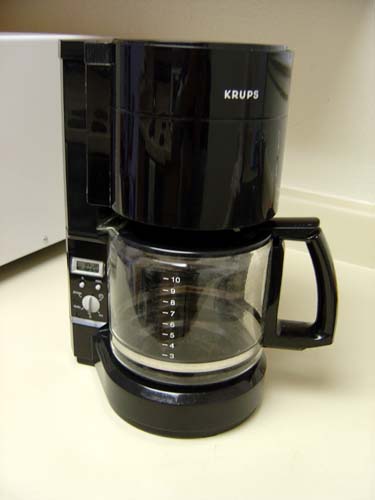
The Percolator
A blast from the past. My grandmother swore by hers. It boils water up through grounds over and over, resulting in a hot, strong, slightly bitter brew. Charming, but easy to overdo.
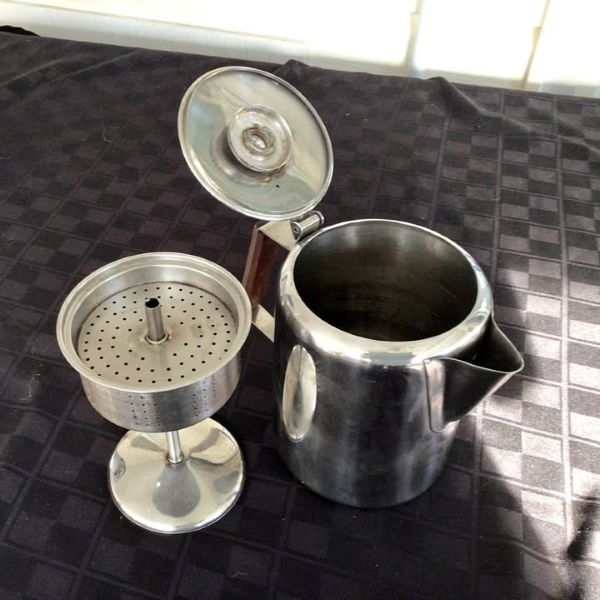
The Keurig Revolution
Keurig brought speed and convenience. Drop in a pod, hit a button, done. Great for busy mornings or office life. But the taste? It often lacks depth. And sustainability-wise, those single-use pods don’t win many eco-points—though recyclable options have since emerged.
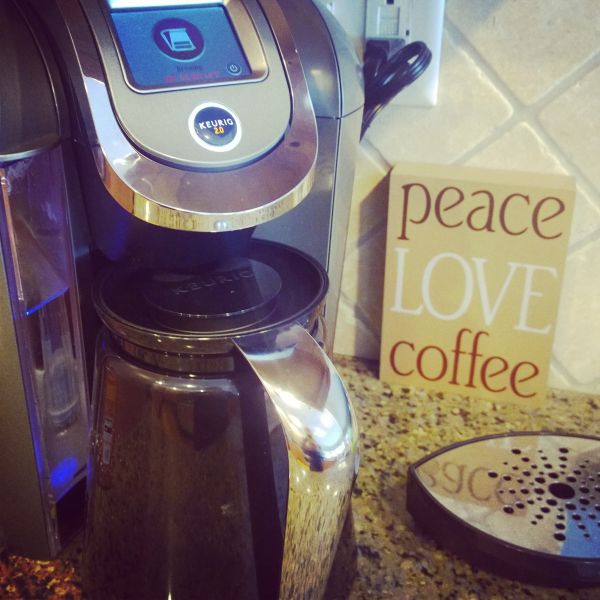
The French Press
Now we’re getting richer. The French press gave me a deeper, bolder cup. Full immersion brewing draws out oils and flavors, especially with a coarse grind. But it’s not espresso, and it’s not quick. Cleanup can also be a chore.
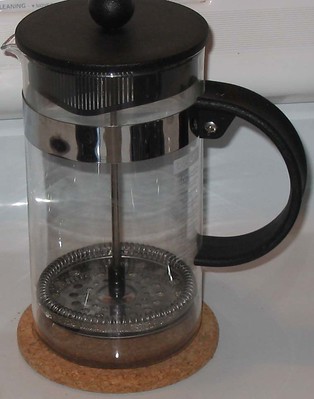
The Moka Pot
Ah, the stovetop darling of Italy. The moka pot brews a concentrated coffee that’s close to espresso. I love it for its simplicity and classic design, but dialing in the grind size and heat can be tricky. It’s easy to burn the coffee if you’re not paying attention—but when done right, it’s rich, intense, and satisfying.
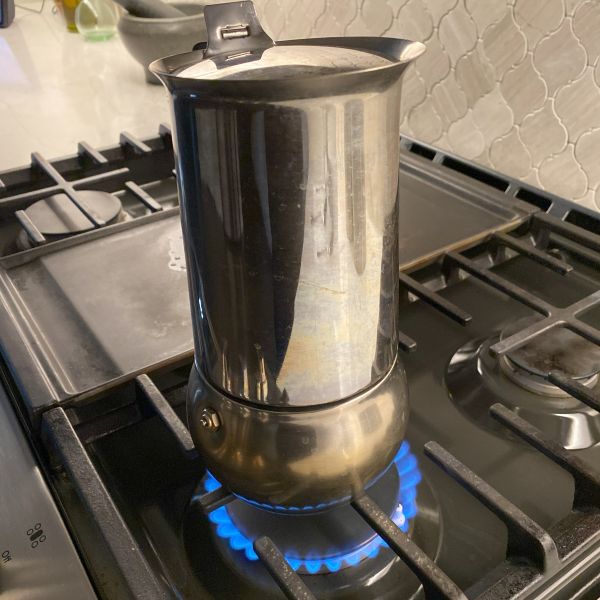
The Pour Over
I have never used this method but have seen it many times. Peet’s Coffee has a great article on “How to Make the Perfect Pour-Over Coffee.”
Modern Machines: Nespresso and the Breville Barista Touch
Eventually, I found myself wanting more precision and richness in my daily cup—something closer to the café experience in Italy.
Nespresso was my first step into espresso territory.
With one button, I had consistent crema, bold flavor, and barely any mess. The variety of pods made it fun, and I found myself reaching for Lavazza and illy options. It was my gateway into the Italian way of sipping coffee—a quick, intentional pause during the day.
But the more I got into it, the more I wanted control. I wanted to dial in the grind, adjust the temperature, and fine-tune each shot. That’s when I upgraded to the Breville Barista Touch—a semi-automatic espresso machine that truly changed the game.
SERVE COFFEE & ESPRESSO MACHINE: Single serve coffee or espresso at the touch of a button. Innovative programs and features such as 25 sec heat up & energy saving automatic shut off.
The Breville Barista Touch
It lets you grind your own beans fresh, tamp with precision, and control the entire brewing process. The touchscreen guides you through milk steaming, espresso extraction, and even remembers your favorite drink profiles.
Now, I’m not just making coffee—I’m crafting it. Every morning feels like a quiet ritual. With beans from Peet’s, Lavazza, and illy, I get the richness I love with the flexibility to tweak every cup. And yes—nailing that crema? Still gives me a little jolt of pride.
The Breville Barista Touch delivers third wave specialty coffee at home using the 4 keys formula and is part of the Barista Series that offers all in one espresso machines with integrated grinder to go from beans to espresso in under one minute
The Breville Barista Touch: A Barista in Your Kitchen
The Barista Touch combines automation with customizability. It has a built-in conical burr grinder, temperature controls, and milk frothing capabilities that mimic a professional cafe experience. The touch screen interface allows you to program your favorite drinks, from a straight espresso shot to a creamy flat white.
Learning how to dial in the grind was my first challenge. Too fine, and the espresso was bitter and slow to extract. Too coarse, and it was watery and bland. I began timing my shots, adjusting the grind settings, and tasting the results. Once dialed in, the crema—the golden layer of froth on top—was rich and smooth.
Here’s how I got started:
- Choose quality beans – I experimented with Peet’s and Lavazza, Peet’s “Espresso Forte” has deep chocolatey notes. Lavazza Super Crema delivers a nutty, mellow cup.
- Grind size matters – For espresso, a finer grind is essential. Too coarse, and the water flows too quickly. Too fine, and you’ll over-extract, leading to bitterness.
- Dose and tamp – I use around 18–19 grams of coffee per double shot, evenly tamped with moderate pressure.
- Extraction time – I aim for about 25–30 seconds for a double shot. Watching that beautiful crema pour is still one of my favorite morning rituals.
- Milk texturing – The steam wand creates silky microfoam, perfect for lattes or cappuccinos. The Barista Touch lets you set temperature and texture preferences.
Now, each cup feels like a ritual—something you look forward to, not just drink for caffeine.
Peet’s, Lavazza, and illy: The Beans Matter
Beans are just as important as the machine. I started with Peet’s Coffee, particularly the “Espresso Forte” blend. It has a bold yet balanced flavor, perfect for my morning shot. I also love Lavazza, an Italian staple known for its smooth, consistent blends.
illy is another favorite, especially for its ethical sourcing and rich flavor. Their beans are vacuum sealed in pressurized cans, preserving freshness and aroma. Switching between these beans lets me explore different flavor profiles—from nutty and chocolatey to floral and fruity.
The Joy of the Brew
Making espresso at home has become more than a routine—it’s a joy. I now understand why Italians treat coffee the way they do. It’s an experience. From the scent of freshly ground beans to the sound of milk steaming, each step is deeply satisfying.
Sometimes I recreate the Italian tradition by standing at my own kitchen counter, sipping a quick shot before work. Other times, I sit back with a cappuccino on the weekend, savoring every sip.
- Use espresso cups – Italian-style demitasse cups preserve the heat and encourage sipping.
- Keep beans fresh – Store beans in a cool, dark place in an airtight container. Better yet, grind only what you need per shot.
- Stick to simplicity – Italians don’t overload their coffee with syrups or flavors. Let the espresso speak for itself.
Create Your Own Bar at Home
You don’t need to replicate a Milan café, but a few thoughtful touches go a long way:
- Espresso machine or Nespresso setup
- Quality grinder
- Small espresso cups
- A milk frother or steam wand
- A tray of sugar, demitasse spoons, and maybe some biscotti
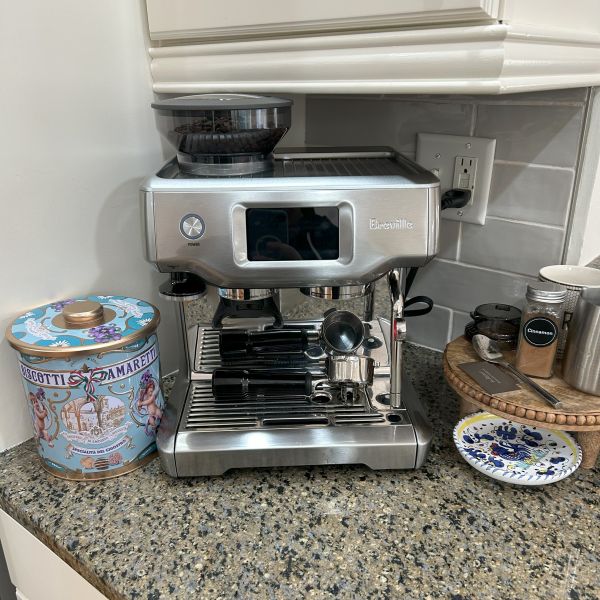
Final Thoughts
No conversation about Italian coffee culture would be complete without mentioning the beloved after-dinner ritual: a shot of espresso “corretto”—literally, “corrected” with a splash of Sambuca or Anisette. This simple, aromatic addition adds a touch of sweetness and a licorice finish that warms you from the inside out.
Whether you’re sitting on a quiet piazza in Rome or at your own kitchen table, an espresso with a hint of anise is more than a drink—it’s a nod to tradition, a gesture of slowing down, and a sweet way to close a meal with style. Salute!

